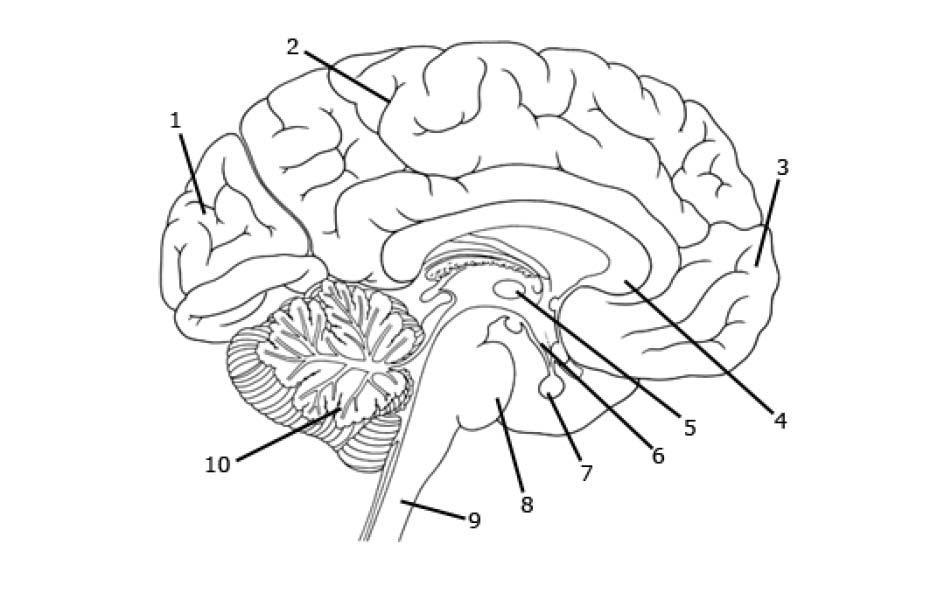Individual tasks
Task 1
Task 2
Task 3
Select five technical terms from Section 1 of this chapter, and define each of them in your own words.
Task 4
In this chapter the argument is made that fertilization is a process that is both biological and cultural. Explain this argument, in your own words. Do you agree, or disagree?
Task 5
Task 6
Task 7
Complete this table, then check your work against the table in the chapter:
|
|
Cognitive developmental psychology |
Cultural developmental psychology |
|
The brain… |
|
|
|
Knowledge… |
|
|
|
Experience… |
|
|

